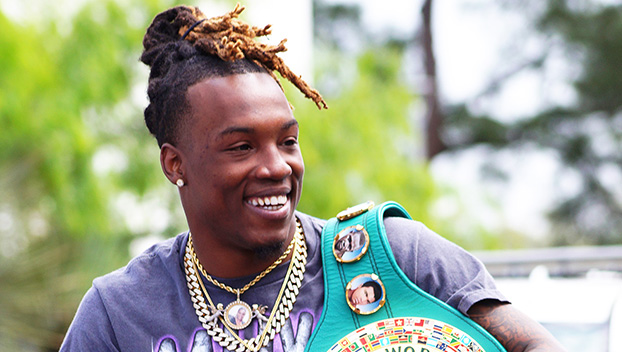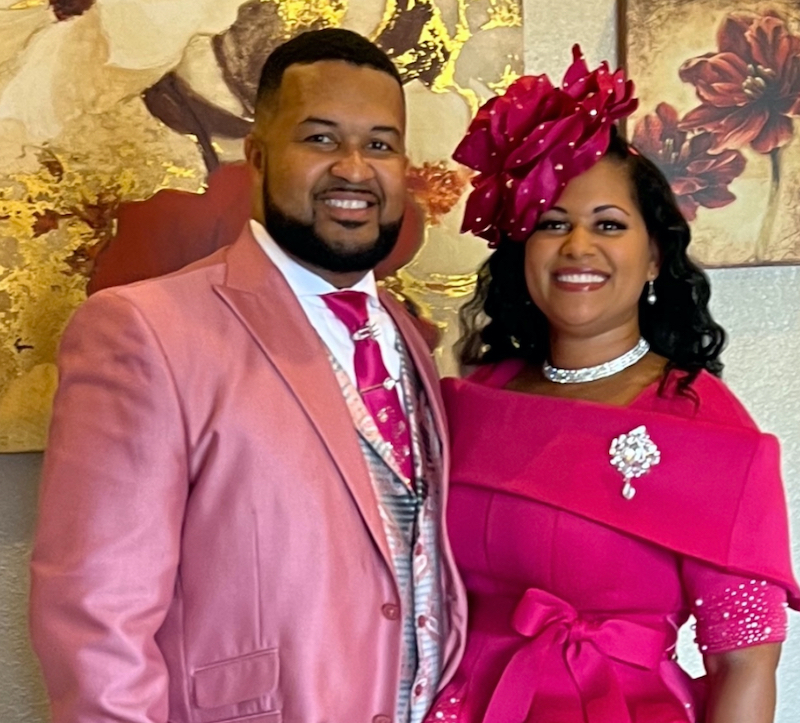MASTER GARDENER — Know significance of native plants from feathers to foliage
Published 12:02 am Wednesday, July 26, 2023

- It’s truly mesmerizing to see a flock of Cedar Waxwings, as they settle into a berry-laden tree. In an instant they are gone, leaving as quickly as they arrived, providing another gardener witness to their regal beauty and ravenous appetite. (ourfinefeatheredfriends.com)
|
Getting your Trinity Audio player ready...
|
Gardeners, we’ve once again experienced too many days without substantial rainfall, though this weeks’ weather outlook shifted (however slightly with increased rain chances) according to our local meteorologist, and hopefully everyone has received a bit of relief from the intense heat and dry conditions with much needed rain!
Let’s discuss ways of attracting birds to our outdoor spaces with native plants. Some of you may ask, why do native plants matter?
According to the National Audubon Society, “Restoring native plant habitat is vital to preserving biodiversity. By creating a native plant garden, each patch of habitat becomes part of a collective effort to nurture and sustain the living landscape for birds and other animals.”
Trending
Urban sprawl has taken ecologically productive land and fragmented enormous areas, transforming them into lawns and landscapes with ‘exotic’ ornamental plants.
By the numbers, the U.S. lost over 150 million acres of farmland and wildlife habitat to urban development, and unfortunately the trend continues.
We (humans) are obsessed with having manicured lawns, and these ‘green carpets’ cover over 40 million acres! Unfortunately, we are successful at destroying ecosystems due to these ‘green carpets!’
Gardeners, it’s time for each of us to embrace native plants and begin adding them to our landscapes. Native plants occur naturally evolving into regions.
They are the ecological basis on which life depends, including birds. Without native plants and the insects which co-evolved with them, local birds cannot survive.
Entomologist Doug Tallamy, writes in his book, “Bringing Home Nature”, that “oaks are the quintessential wildlife plants: no other plant genus supports more species of Lepidoptera [butterflies and moths], thus providing more types of bird food, than the mighty oak.”
Trending
It is highly recommended that if space is available, to consider planting an oak tree. There are more than 50 varieties of oak, which grow well in Texas.
Research has shown that native oak trees support over 500 species of caterpillars whereas many other non-native trees, such as ginkgo, host only 5 species of caterpillars.
Now, let’s put this into perspective: more than 6,000 caterpillars are needed to raise one brood of chickadees, the bioavailability resource (food) between native and non-native trees is vastly significant!
Note many of the landscaping plants available at nurseries and garden centers are species originating from other countries, and these ‘exotic’ plants diminish the local food network, and many are invasive species, which overtake native species by overpowering local habitats, further reducing the remaining natural areas.
Gardeners, our landscaping choices have meaningful impacts on the populations of birds and the insects they need to survive. The bottom line is — homeowners can benefit birds and other wildlife by incorporating native plants into their landscaping decisions. Each of us can and must do our part!
Learn about native plants, go to Audubon’s ‘useful’ native plant database: audubon.org/native-plants and discover native plants for our area and the birds they attract. The website is easy to use, simply enter a zip code.
The key to attracting birds has a lot to do with the location of food. Numerous studies have documented widespread losses of insect life adversely impact bird populations. Native plants host specific insects’ birds need to survive and thrive.
Natural habitats are dwindling, so it’s incumbent upon each of us to help birds. We can do this by removing non-native plant species and replacing them with native plants. Native plants are important and fundamentally the only hosts for many native insects, which are essential food for many birds. Planting insect-friendly native trees and shrubs will welcome and attract birds.
There are too many native trees and shrubs to list but here are a few native plant varieties known to attract birds. Once planted, keep a pair of binoculars handy to enjoy flocks of feathered friends!
American Beautyberry (Callicarpa Americana) – the most notable characteristics of a beautyberry shrub is the purple or white berries growing in clusters close to the stem. Reaching 3 to 5 feet tall, perfect for small spaces. The fruits are attractive to many birds: mockingbirds, robins, and brown thrashers.
Coralberry (Symphoricarpos Orbiculatu) – during summer, enjoy bell-shaped pinkish white blooms, which are irresistible to bees. Autumn brings clusters of red berries, which persist throughout winter until devoured by Cardinals, chickadees and robins. This berry bush is compact, 3 to 5 feet tall and wide, a fast grower, enjoying shady areas.
Holly (Ilex) – the epitome of the holidays and festive-bright-red berries clustered among dark-green leaves. The fruit is mildly toxic to humans, birds tend to gorge themselves! Research suggests berry toxicity is diminished after frost, and birds understand this. The tree is dioecious (meaning both male and female plants are required to produce fruit).
Juniper (Juniperus) – require little maintenance and juniper species offer double benefits to birds providing choice nesting locations and fruit.
Red Chokeberry (Aronia Arbutfolia) – a resilient native berry bush performs well even in poor soil, tolerating wet or dry conditions, growing 6 to 12 feet tall. Spring flowers are small white or reddish blooms with shiny dark green foliage in summer, producing bright red berries in late fall.
Yaupon Berry (Ilex Vomitoria) – an adaptable evergreen berry bush with drought and disease tolerance, forming a dense thicket great for a hedge, windbreak, or barrier. The red berries brighten the winter landscape and provide food for birds. Female plants require a male pollinator to produce fruit.
So long for now fellow gardeners, let’s go out and grow ourselves a greener, more sustainable world, one plant at a time!
John Green is a Texas Certified Master Gardener. For comments and questions, continue sending them to jongreene57@gmail.com.





